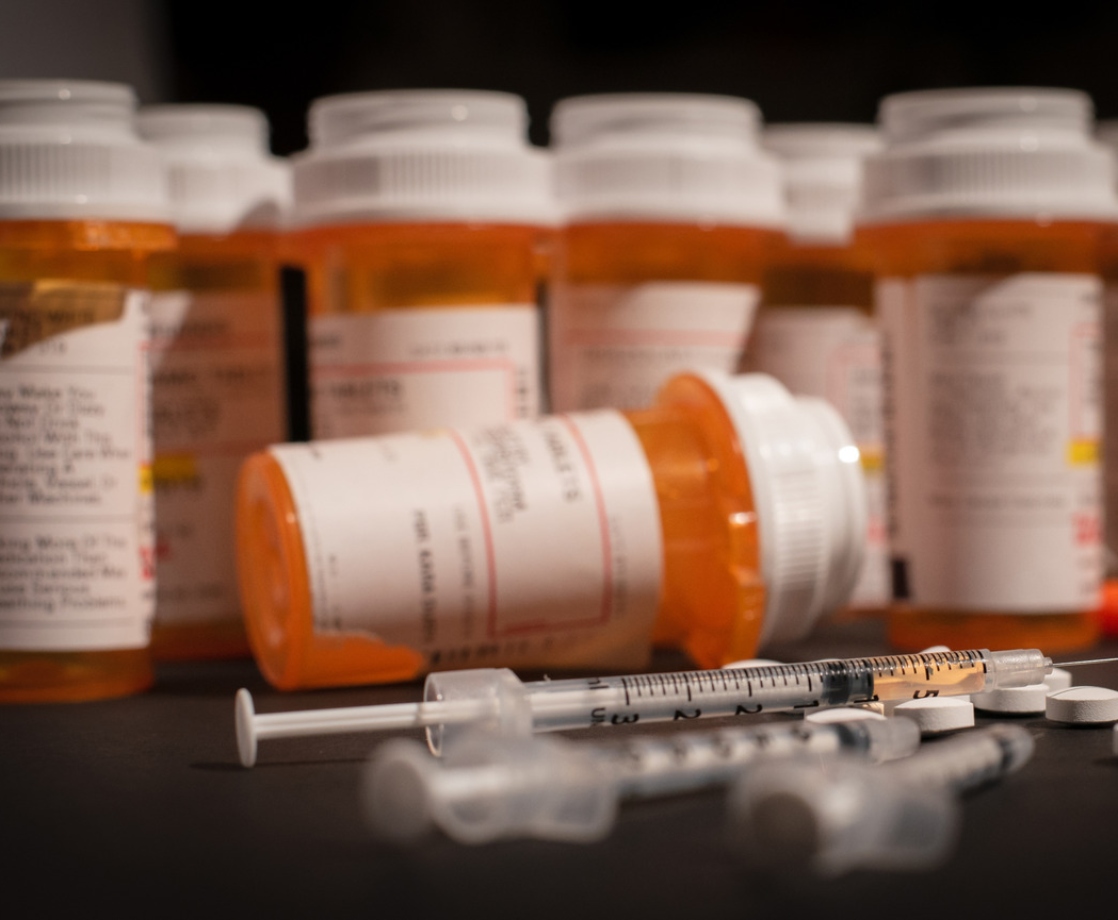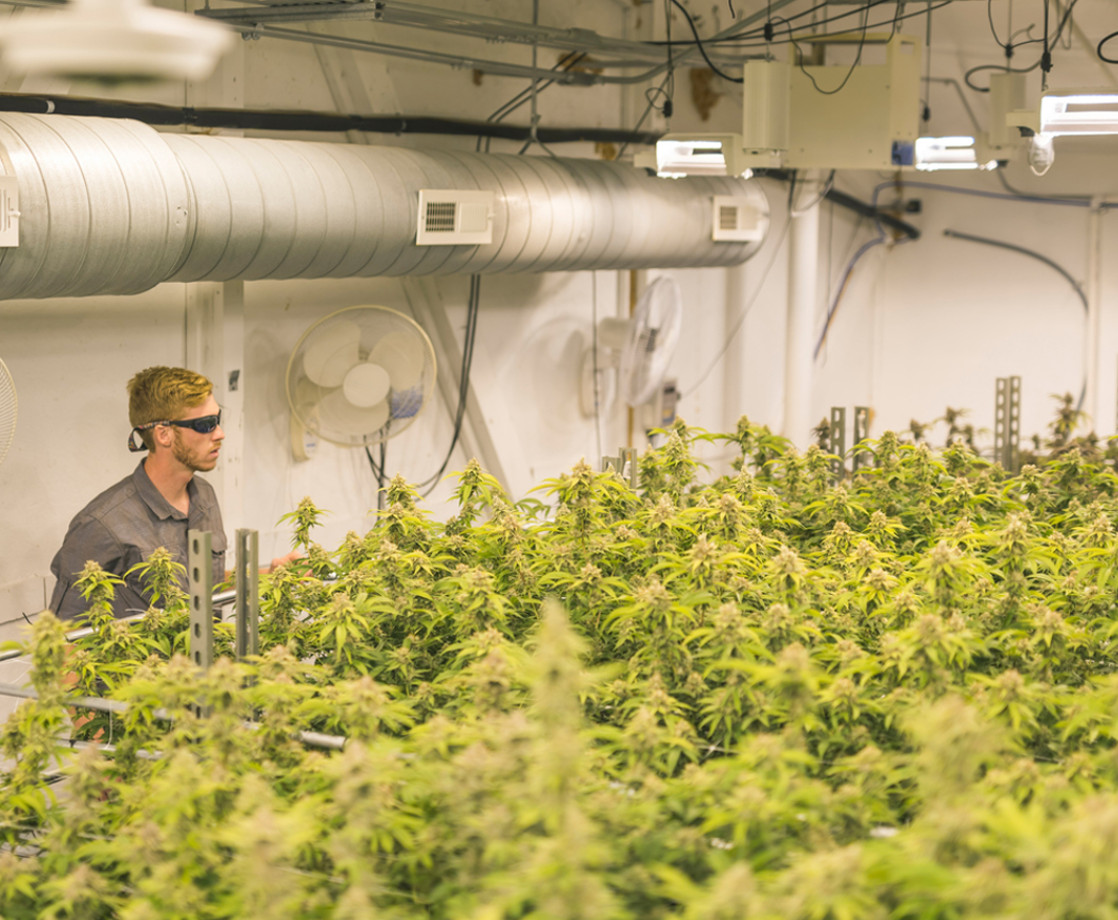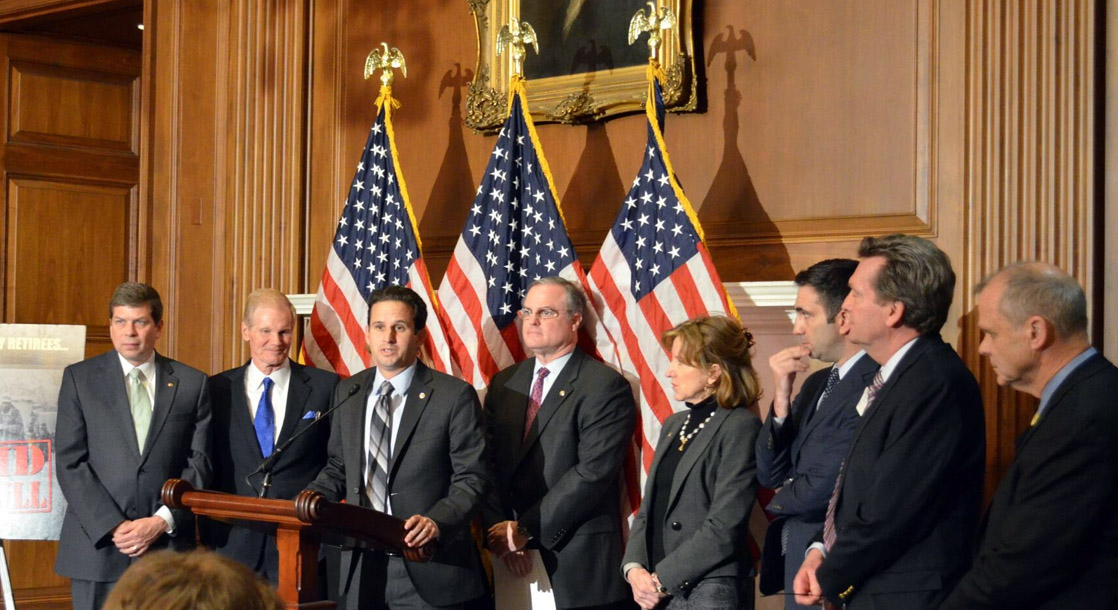The ongoing epidemic of opioid abuse has cost the country $631 billion over the past four years, according to a new report by the Society of Actuaries (SOA), an organization devoted to measuring risk assessment. This report, titled “Economic Impact of Non-Medical Opioid Use in the United States,” was created to help the insurance industry determine how to factor the costs of opioid use disorder into their pricing policies.
“We estimate that the total economic burden of the opioid crisis in the United States from 2015 through 2018 was at least $631 billion,” the report states. “This estimate includes costs associated with additional health care services for those impacted by opioid use disorder (OUD), premature mortality, criminal justice activities, child and family assistance programs, education programs, and lost productivity.”
The report found that mortality costs accounted for 40 percent ($253 billion) of the total estimated economic impact, mostly driven by lost lifetime earnings for those who died prematurely from opioid overdoses. Around $72 billion of these mortality costs fell on the families of these individuals who overdosed. Another third of the total estimate is attributed to increased healthcare costs incurred by opioid users or for babies born to people with opioid use disorder.
Lost productivity costs account for another 15 percent of the total, including work absenteeism, workers being jailed for opioid-related crimes, and employer costs for disability and other benefits to opioid users. Criminal justice costs and costs connected to child and family assistance and education programs each accounted for another 6 percent of the total estimate.
The SOA reports that the yearly projected cost of the opioid crisis has also been growing steadily each year. In 2015, the report estimates an economic burden of $124.3 billion, but that number jumped to $179.4 billion by 2018. By the middle of this year, the projected cost has already hit $188.4 billion, which could bring the 2015-2019 grand total to $819.3 billion.
The actuaries’ report notes that there may be additional costs involved with the opioid crisis that they were unable to source figures for. The Centers for Disease Control and Prevention are keeping track of the human cost of this crisis, however. Between 1999 and 2017, around 400,000 Americans died from prescription or illegal opioid overdoses.
As the economic burden of the opioid crisis continues to grow, an increasing number of states are looking to opioid manufacturers themselves for recompense. In 2017, Arizona’s Attorney General sued a local pharmaceutical company for using deceptive marketing practices to boost sales of their products at the cost of public health.
This year, Oklahoma Attorney General Mike Hunter sued three major opioid companies for knowingly boosting their profits by downplaying or lying about the addictive risks of these drugs. Purdue Pharma, makers of OxyContin, settled for $270 million, and are now facing bankruptcy. Pharmaceutical giant Johnson & Johnson lost their legal battle against Oklahoma in court, and were fined $572 million, which is still small change for a company that makes $80 billion a year.
Another landmark opioid trial is set to begin in Ohio this week. This trial, which is described as the most complex court case in US history, combines thousands of individual complaints against six different drug companies. If successful, this case could cost the pharmaceutical industry billions of dollars, which could potentially make the industry reconsider its decision to prioritize profits over public health.











